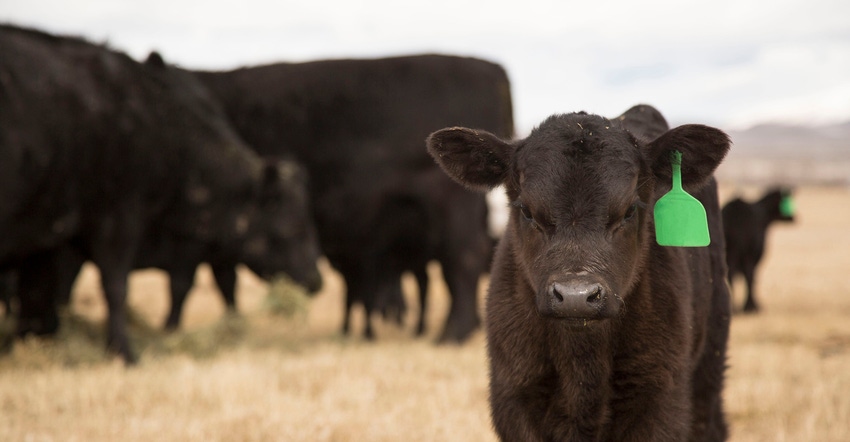Controlling scours through prevention
The number-one health challenge producers must manage within their calf crops is scours
March 28, 2019

Sponsored Content
The number-one health challenge producers must manage within their calf crops is scours, a multifaceted disease that is caused by a variety of infectious agents but that often can’t be attributed to just one. Manifesting as the result of an unhealthy, inflamed gut, the USDA reports that 61 percent of calves require treatment for scours.
The best way to control scours is by implementing preventative management practices, a few of which are described below.
Establish good gut health
Since the gut is responsible for nutrient absorption, every case of scours will have an impact on calf growth — but along with the its role in digestion and nutrient absorption, the gut’s immune functions should not be forgotten. Seventy percent of an animal’s immune cells reside within the gut, making it an ideal place to attempt to influence calf immunity.
A healthy gut consists of a diverse community of bacteria, both pathogenic and beneficial. Inflammation occurs when pathogenic bacteria attach to the lining of the gut and begin to colonize. Maintaining a healthy population of beneficial bacteria can help prevent overpopulation of the pathogenic bacteria and prevent scours.
Minimize calf exposure to pathogens
Management practices that minimize calf exposure to pathogens should be implemented. Some simple on-farm biosecurity management practices include:
Maintaining clean calving areas.
Keeping stocking rates low in calving areas. High stocking rates increase fecal contamination in calving areas and increase the risk of exposing calves to pathogens.
Segregating calves according to age to prevent the transmission of pathogens from seemingly healthy older calves to younger calves.
Isolating sick calves and their dams from the cow herd to prevent the spread of pathogens to healthy calves.
Know and detect the signs of scours
Knowing the symptoms of scours is essential for early detection. The most obvious sign of scours is runny stool. The stool may be brown, green, yellow or gray in color and may contain specks of blood or mucus. Other common scour symptoms include frequent defecation, depression, weak suckling reflex, abnormal breathing and dehydration. It is vital that dehydration, characterized by sunken eyes or abdomen, is detected early and is swiftly corrected in order to restore electrolytes and the acid-base balance.
Low-stress management
Scours commonly appear within the first month of a calf’s life, but periods of stress can also cause them to manifest. Prolonged periods of stress suppress immune function and increase the likelihood of a calf getting sick, like during branding and shipping, so preparing them for these moments is critical to eventually selling healthy calves.
Setting aside preconditioning periods is an excellent management practice for preparing calves for shipping, as this gives them time to straighten out and get on feed before commingling with other calves and being exposed to new pathogens.
Supplement with Bio-Mos®
Bio-Mos is a unique yeast product that can be supplemented into your herd’s diet to support their gut health and overall performance. Research has shown that Bio-Mos promotes a healthy microbial population and stimulates a calf’s natural defenses.
Bio-Mos is a nutritional supplement that can be utilized during any phase of the beef production system. Bio-Mos supplementation prior to calving during the cow/calf phase has shown to improve colostrum quality. Supplementation of Bio-Mos in preconditioning rations promotes a healthy gut and supports overall animal performance, and improved gut health enhances nutrient absorption, resulting in more efficient feed conversion rates. For more information on Bio-Mos, visit www.alltech.com/bio-mos.
Implementing these simple management tips can help you prevent or mitigate an outbreak of scours within your calf crop and improve the overall health and performance of your herd.
About the Author(s)
You May Also Like


.png?width=300&auto=webp&quality=80&disable=upscale)
